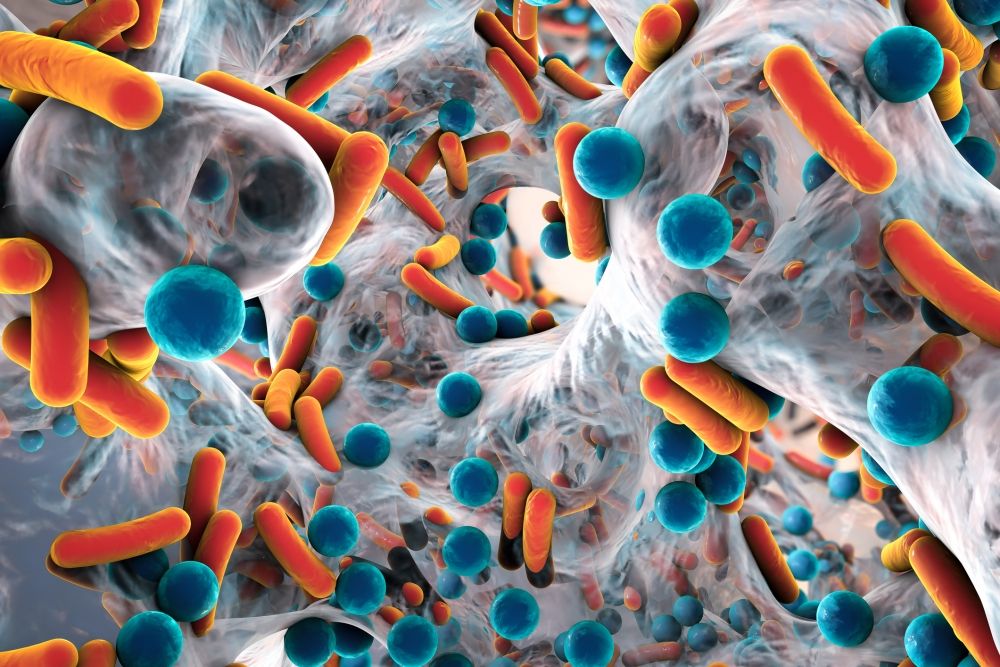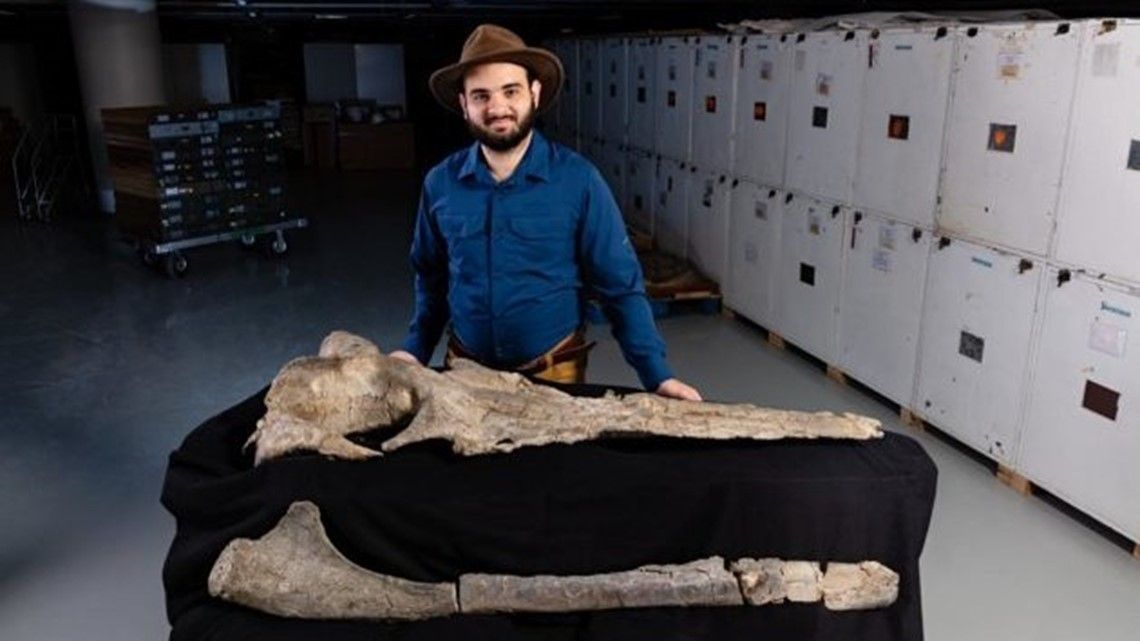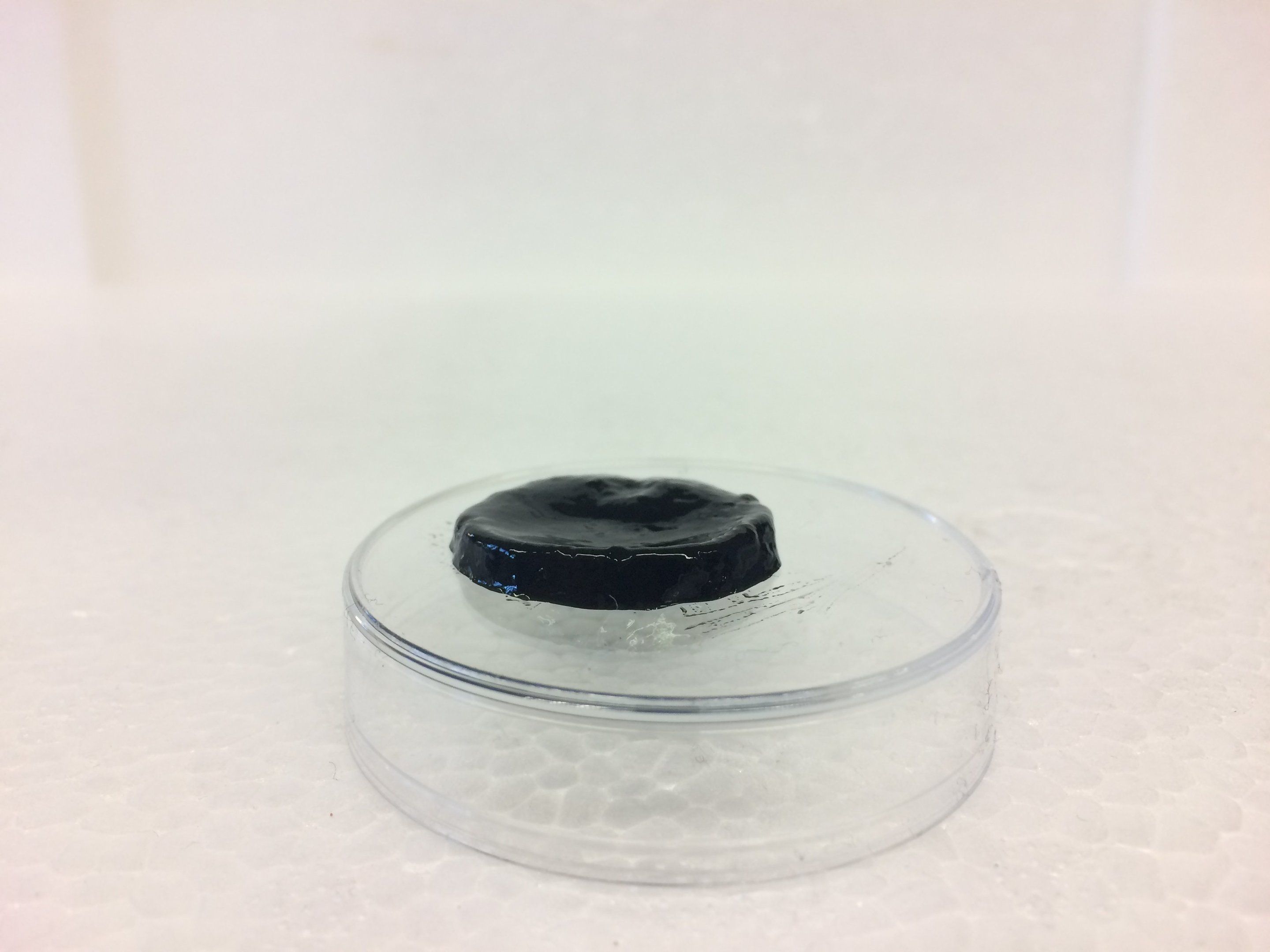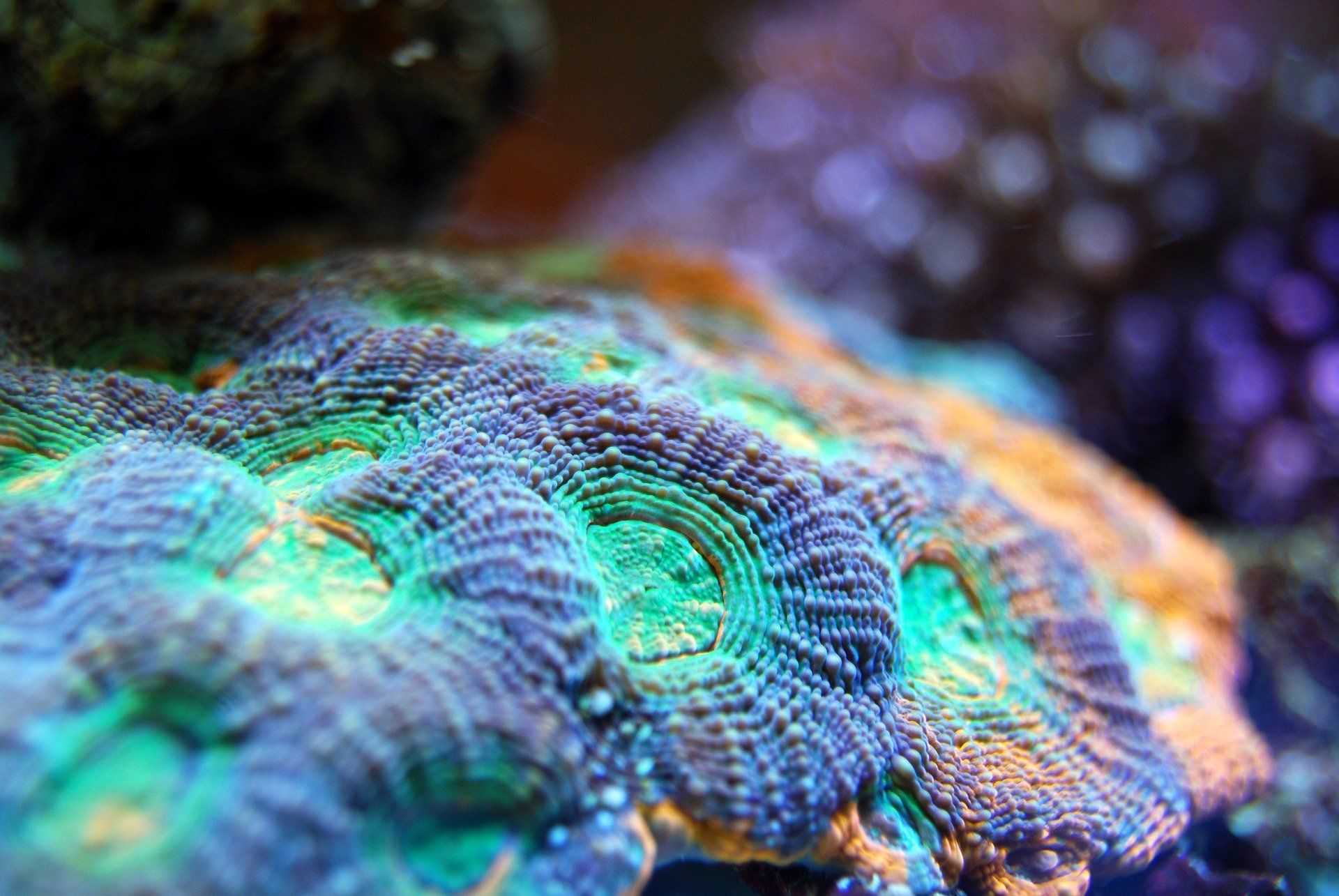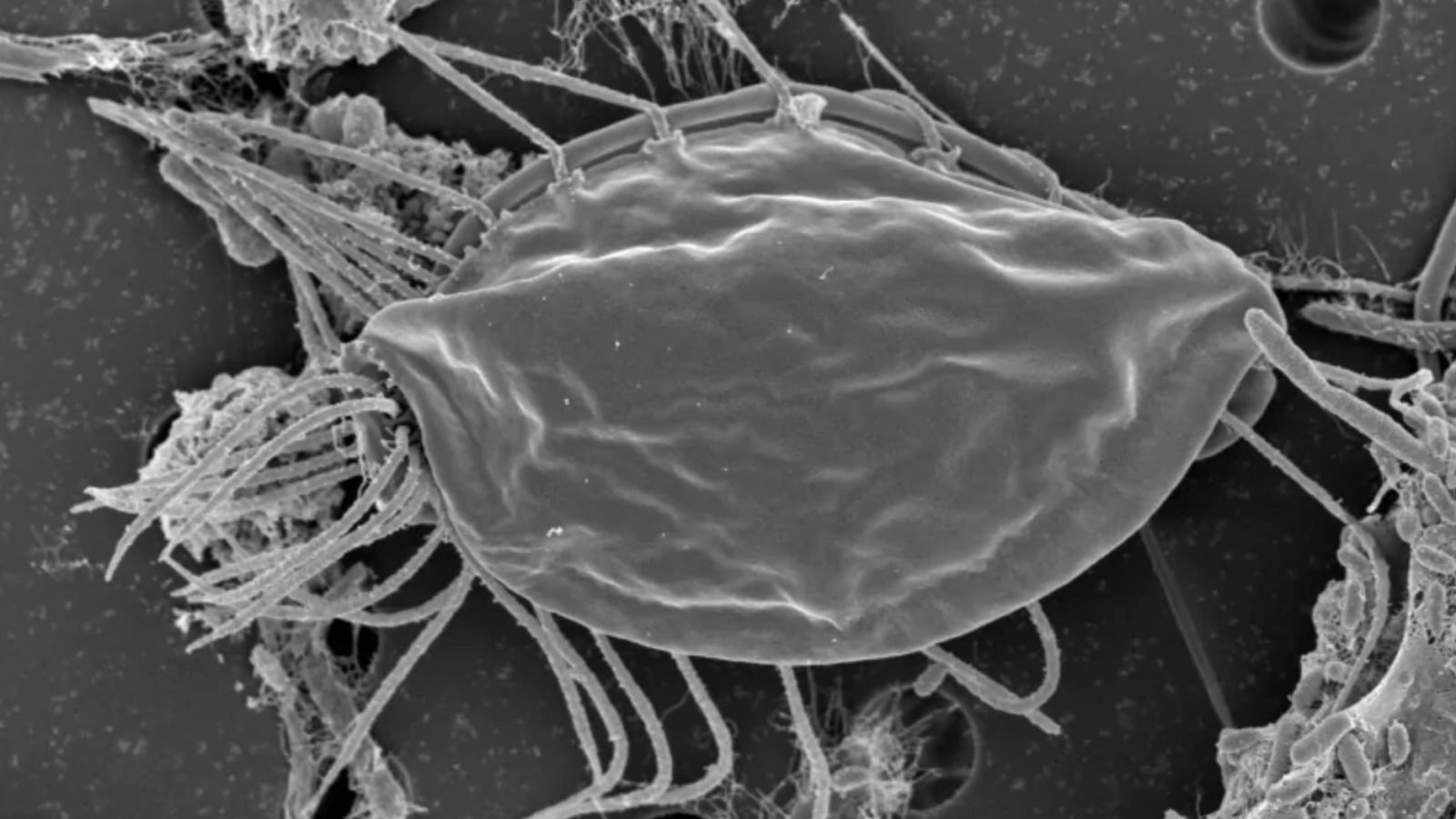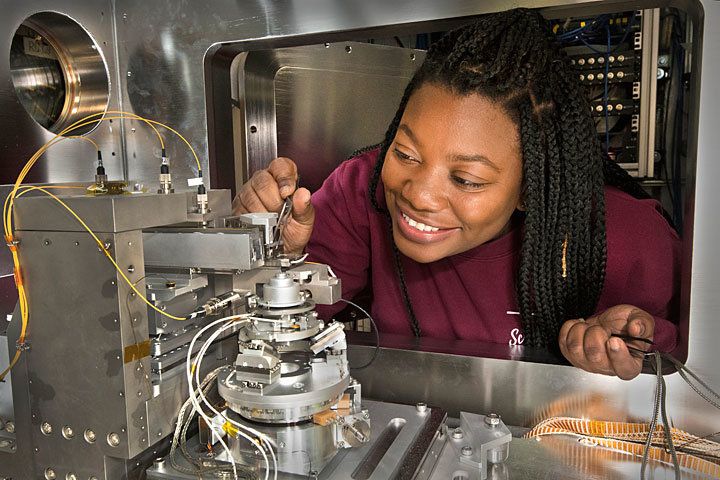What the study shows, the researchers said, is that the interactions between the bacterial populations are as significant to the host’s overall fitness as their presence — the microbiome’s influence cannot be solely attributed to the presence or absence of individual species. “In a sense,” said Jones, “the microbiome’s influence on the host is more than the sum of its parts.”
The gut microbiome — the world of microbes that inhabit the human intestinal tract — has captured the interest of scientists and clinicians for its critical role in health. However, parsing which of those microbes are responsible for effects on our wellbeing remains a mystery.
Taking us one step closer to solving this puzzle, UC Santa Barbara physicists Eric Jones and Jean Carlson have developed a mathematical approach to analyze and model interactions between gut bacteria in fruit flies. This method could lead to a more sophisticated understanding of the complex interactions between human gut microbes.
Their finding appear in the Proceedings of the National Academy of Sciences.
